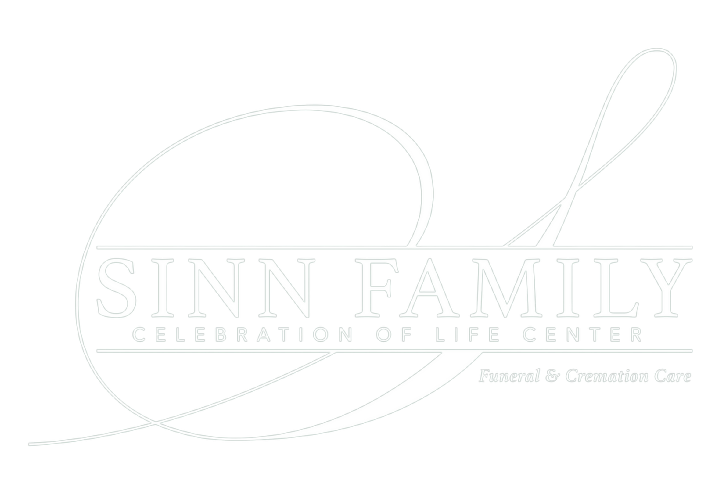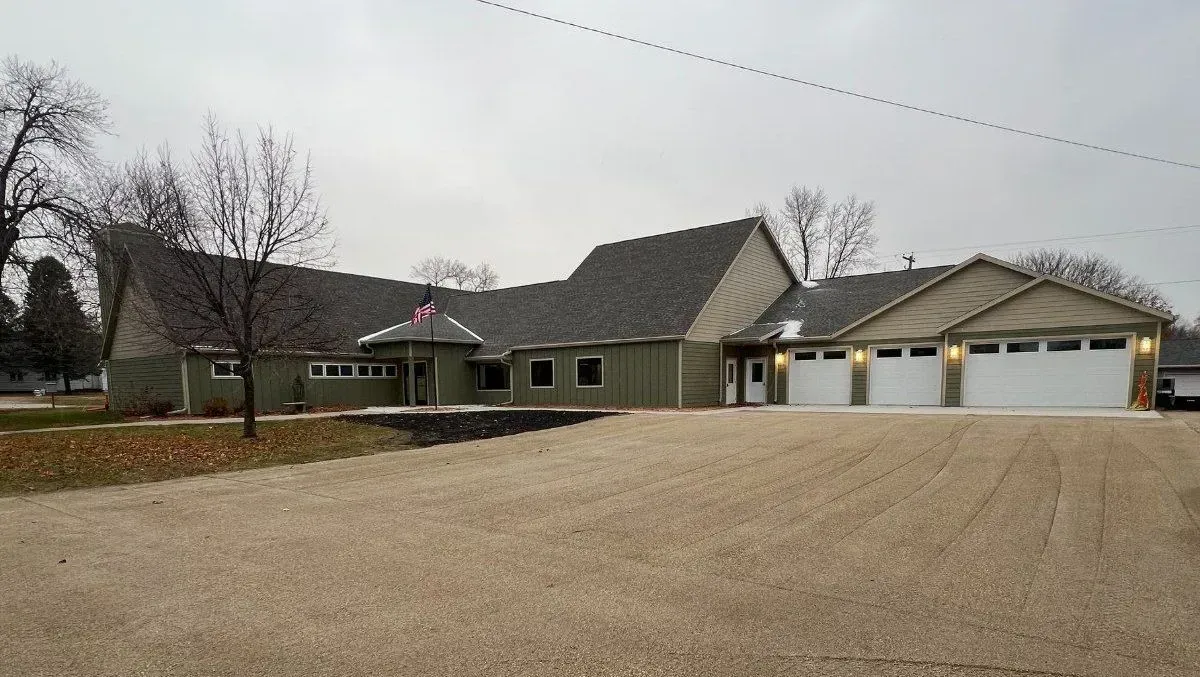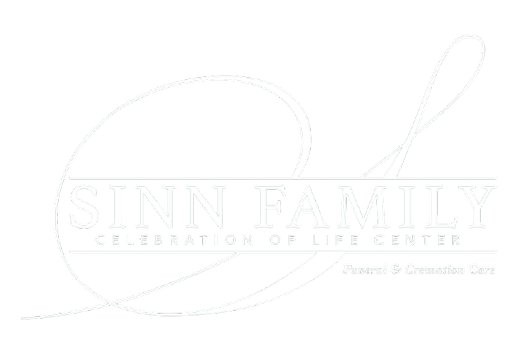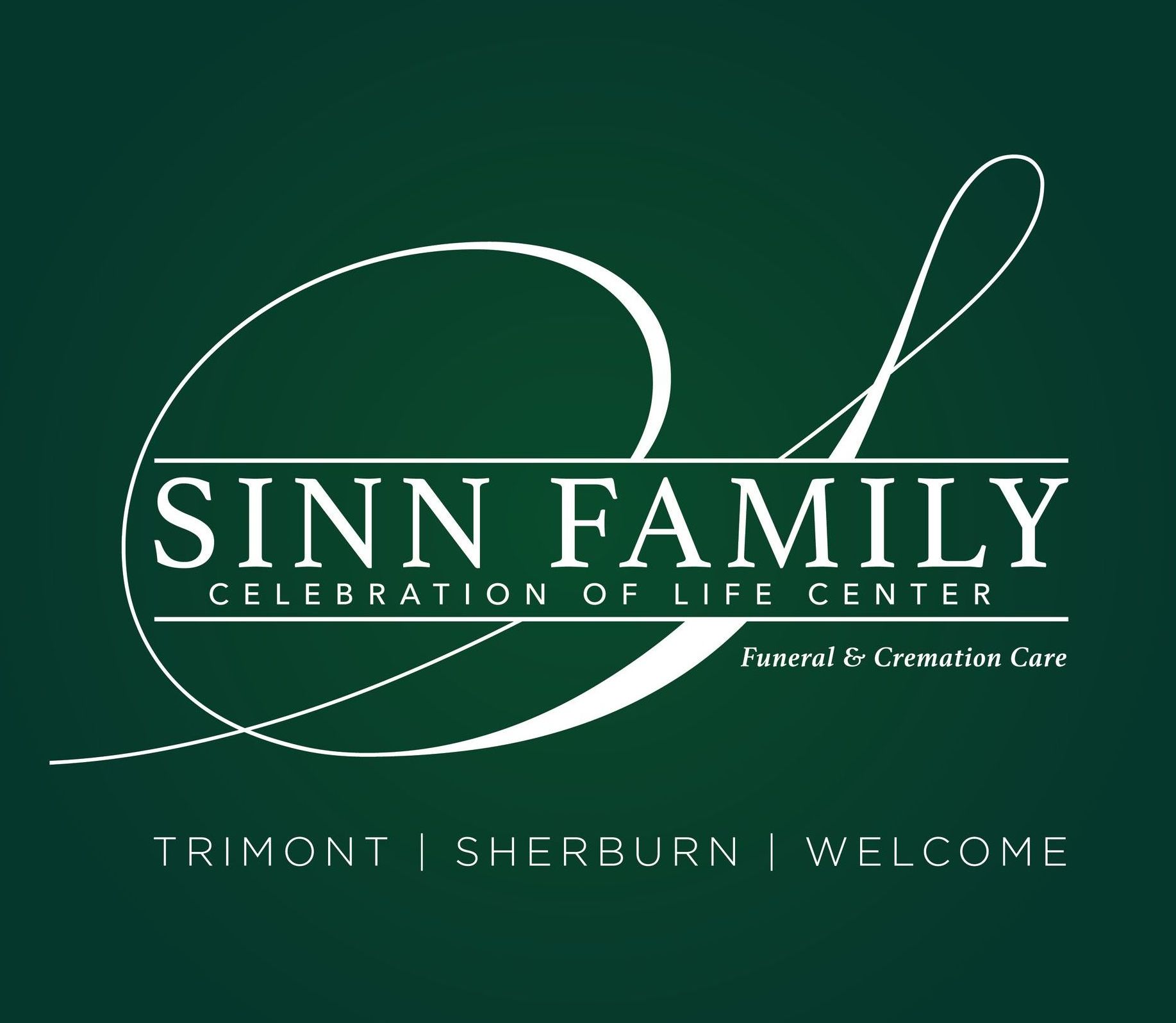Understanding Funeral Procession Etiquette
At Sinn Family Celebration of Life Center, we know that attending a funeral procession can feel unfamiliar or intimidating, especially if it’s your first time. A funeral procession is a meaningful tradition that allows family, friends, and the community to accompany the deceased from the service location to the cemetery or final resting place. Participating with respect and understanding helps honor your loved one while providing comfort to the family.
During a procession, the lead vehicle is almost always the hearse carrying the deceased, setting the pace for the line of vehicles behind it. It’s important to follow the lead vehicle carefully and maintain a respectful distance, allowing the procession to move safely and smoothly. Many participants turn on their hazard lights as a sign to other drivers that they are part of the procession, which also helps maintain safety on the road.
While it is natural to feel emotional, it’s essential to stay focused on driving safely. Avoid distractions, such as using your phone or engaging in other activities that could disrupt the flow of the procession. Even though the procession is a solemn event, all participants must still observe traffic laws, stopping at red lights and stop signs unless directed otherwise by traffic officers or funeral staff.
Planning your route ahead of time and arriving early can reduce stress and allow the procession to move without delay.
Funeral processions are not just about logistics; they are an opportunity to show respect and solidarity. The presence of vehicles traveling together demonstrates support for the grieving family, honoring the life of the deceased. Even those who do not know the family personally can participate with reverence, helping to create a sense of community and shared remembrance.
At Sinn Family Celebration of Life Center, we guide families through every detail of the funeral process, including processions, to ensure that every aspect is handled with dignity, care, and compassion. Understanding the etiquette allows participants to focus on what truly matters: paying tribute to the life that was lived and supporting one another through a time of loss.














